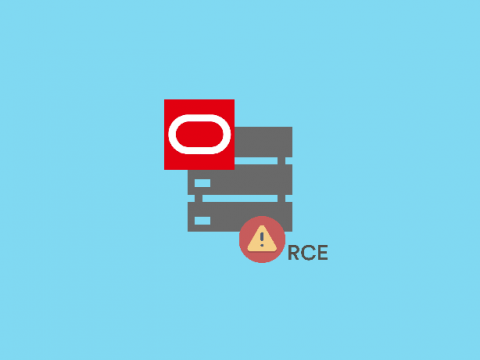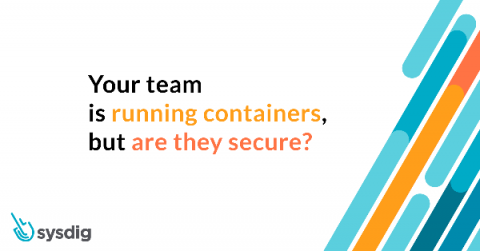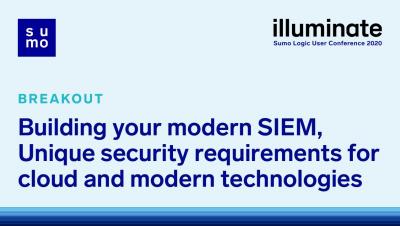Adopting a BYOD policy amid the COVID-19 era
In the midst of the COVID-19 pandemic, even companies that had said no to BYOD have come to terms with it, as a fair share of remote work would not even be possible without such a policy. Pandemic or no pandemic, on-the-go data access has always enabled employees to get work done quickly and efficiently. It guarantees better communication with colleagues, improves customer service, and device familiarity brings employee satisfaction and increased productivity.











